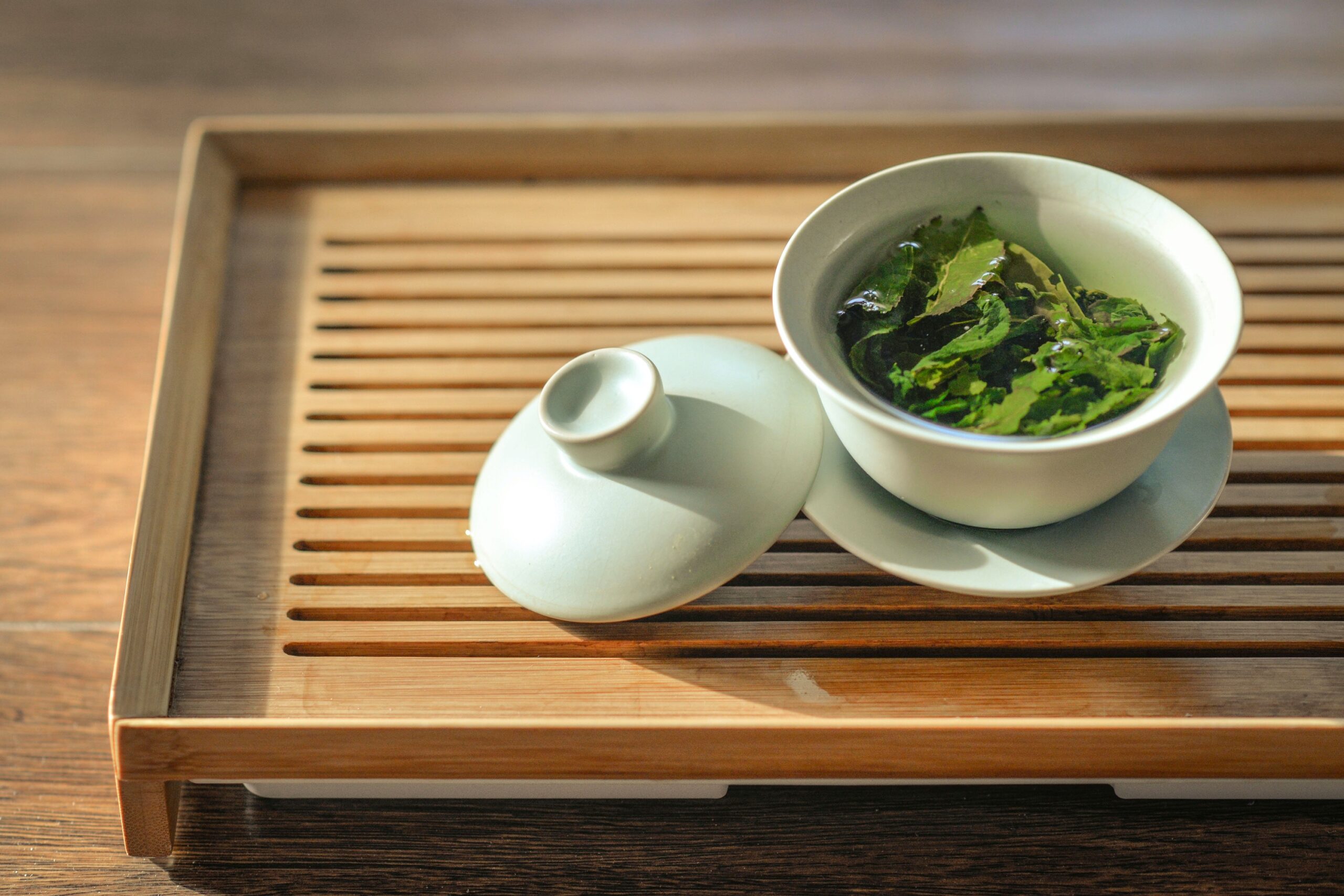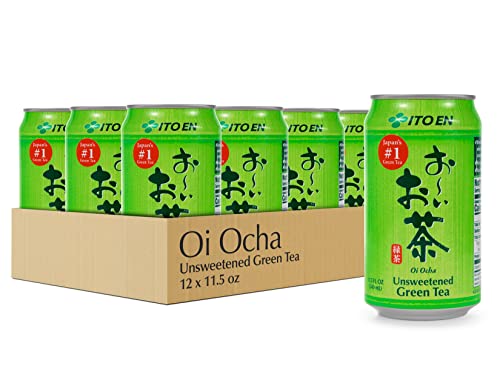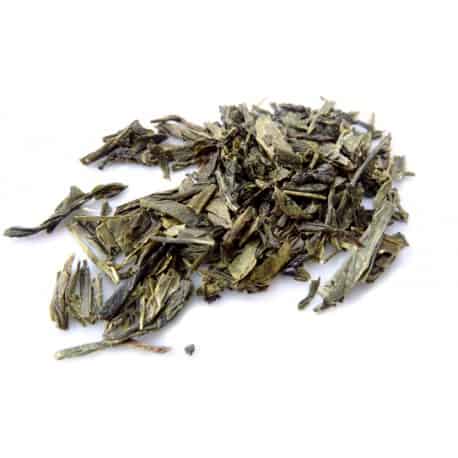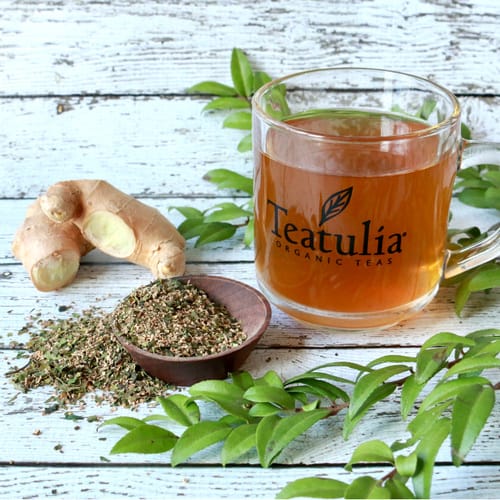Hi there, so you like tea, right? But what about green tea? Green Tea is one of the most popular types of tea not only in the United States but all around the world. But what exactly is Green Tea, and where does it come from? Let’s take a closer look at this beloved beverage.

There are several different tastes of green tea, but tea should be enjoyed not tolerated. Find the green tea that is perfect for you and enjoy it. Don’t give up if your first cup of green tea is “off”, keep trying and you will find your match. My first cup of green tea really turned me off. I learned the hard way. Now I can share with you how to find the best cup of green tea.
As with any of the teas, so many to choose from and such an array of notes and flavors. If you have not found your favorite green tea, keep trying, I promise your tea is out there, waiting for you.
There are two things I have to say about green tea:
- The leaves – If you get the wrong tea or a tea that isn’t created with love and assurance you could never want to drink tea again.
- The taste – An ill-prepared tea can make all kinds of things go wrong in your cup and your mouth. The brewing process must also be followed to get that perfect light, refreshing cup of green tea.
In case you get a bad brew of green tea on your first try, as I did, don’t give up. Good tea is right around the corner.
I had a horrible first green tea experience and Ick, I did not want to try anymore. I went to a tea festival and was introduced to many lovely and beautiful green teas. It restored my faith that I too could enjoy green tea. I did. Splendid tea and one of the least processed. Being processed the least makes the tea pure. The way tea was prior to learning to create the different teas from that one single bush. The less processed makes a tea with more benefits and a healthier brew.
So what is Green Tea?
It’s a type of tea made from the leaves of the Camellia Sinensis plant, just like Oolong and
Green tea has been enjoyed for centuries, and it’s believed to have originated in China. Today, it’s produced in many countries, including Japan, India, and Sri Lanka.
Green tea has a distinctive, vegetal flavor that is often described as fresh, slightly grassy, or herbaceous. Green tea is light and delicate. The taste varies depending on the region it is grown in as well as the tea that is being produced. The flavor of green tea is highly prized and sought after by tea connoisseurs.
But what’s the process to make Green Tea?
The leaves are picked and then quickly heated to stop any oxidation from occurring. This can be done by steaming, pan-firing, or baking the leaves. After that, the leaves are rolled, sometimes by hand, and dried, giving them a distinctive shape and flavor.
Green tea is a popular beverage that has been consumed for centuries due to its potential health benefits and refreshing taste. There are various types of green tea, each with its own unique characteristics and production methods. Here are some of the most common types of green tea:
- Sencha: Sencha is made from the young leaves of the plant. It is one of the most widely consumed teas. The leaves are steamed and then rolled. Sencha has a delicate grassy flavor and looks bright green.
- Matcha: Matcha is a powdered green tea. There is a whole Japanese tea ceremony to enjoy Matcha. Matcha can be slightly bitter and that is why during the ceremony you eat a lovely piece of candy. Matcha is whisked and is a very fine powder.
- Gyokuro: A high-quality tea that is grown under shading for a few weeks before it is picked for harvest. The shade allows a unique tea experience that is sweet with an umami taste. Gyokuro is a rich green color and a mellow flavor.
- Longjing (Dragon Well): Longjing comes from a region in China called Hangzhou. Longing has a somewhat nutty flavor that some say is like chestnut. Longjing is pan-fried to stop the process and keep it fresh.
- Gunpowder: Gunpowder tea is from China and it’s not a powder. Gunpowder tea is rolled very tight and gets its name because it looks like gunpowder pellets. Very bold in flavor and slightly smokey.
- Bancha: Unlike Sencha, Bancha is a Japanese tea made from mature tea leaves. It has a stronger flavor and not as mild a flavor as most green teas. Bancha can be enjoyed both hot or cold and has a lower caffeine content.
- Jasmine Green Tea: One of my favorites is Jasmine Green Tea. Jasmine leaves are laid with the green tea so that the green tea will absorb the jasmine scent. The tea is then processed and very very smooth flavor with a floral sweet taste.
These are just a few examples of the many different types of green tea available. Each type offers a unique taste profile and brewing method, allowing tea enthusiasts to explore and enjoy a wide range of flavors and aromas.
Unique artisan joongjak (third hand pluck) whole leaf Korean jaksul (sparrow’s beak) nokcha (green tea). 100 grams
What nutrients are in Green Tea?
Green tea is packed with antioxidants called catechins—specifically epigallocatechin gallate (EGCG), which is known for its potent health benefits. Green tea also contains caffeine, which provides an energy boost. It also has vitamins and minerals such as vitamin C, vitamin E, and potassium.
Green tea is a popular beverage that has been enjoyed for centuries. Green tea is known for its many health benefits. One of the biggest misconceptions is that green tea is a weight loss benefit. While it’s partially true, drinking green tea will increase your metabolism. But to lose a significant amount of weight will take much more effort than just a cup of green tea.
Here are some of the individual health benefits of Green Tea:
Boosts metabolism: Green tea contains caffeine and catechins, which can help boost metabolism and aid in weight loss.
Reduces the risk of cancer: Green tea has been shown to reduce the risk of certain cancers, such as breast, prostate, and colorectal cancer, due to the high levels of antioxidants and anti-inflammatory properties.
Promotes heart health: Green tea can help reduce the risk of heart disease by improving blood vessel function. Green Tea can also lower blood pressure, and reduce cholesterol levels.
Improves brain function: The caffeine and L-theanine in green tea can improve alertness, improved memory, and better focus. Can also protect the brain from damage and protect against the risk of Parkinson’s and Alzheimer’s.
Manage diabetes: Green tea can help regulate blood sugar levels and improve insulin adjustments, making it beneficial for those with diabetes.
Promotes oral health: The catechins in green tea can inhibit the growth of bacteria and viruses in the mouth, reducing the risk of dental cavities, gum disease, and bad breath.
Green tea is a great choice for those looking to improve their overall health and well-being. Moderation is the key to enjoying green tea’s health benefits.
While green tea is generally safe to consume, there are some potential side effects to be aware of, particularly when consumed in excess. Here are some of the most common side effects of drinking green tea:
The steaming process creates a difference in the flavor between Chinese and Japanese green tea
But what are the side effects of Green Tea?
While green tea is generally safe to consume, I want to make you aware of some potential side effects. Most of the side effects are due to overconsumption. Here are some of the most common side effects of drinking green tea:
Caffeine – Well, it does contain caffeine. It can cause jitteriness, insomnia, and restlessness in some people. It can also cause upset stomachs if consumed in excess.
Digestive problems – Only if you consume large amounts of green tea do you have to worry about digestive issues. Drinking too much can lead to an upset stomach, diarrhea,, and abdominal pain.
Headaches – Green tea (in excess) can cause a person to have a headache.
Pregnant and/or nursing? – If you are pregnant or nursing you should consume green tea in moderation. The high caffeine can affect fetal development and/or the health of a nursing infant.
- 16 oz. loose whole leaf herbal tea.
- Brew 150+ cups per bag! We recommend 2-3 grams of tea per 6oz of water.
- 100% organic tea, direct from our single garden in Bangladesh
- Caffeine content: About 1/4 the amount of caffeine as a cup of coffee.
Side Effects
Overall, green tea is safe to consume in moderation, and the side effects are typically mild. However, if you experience any unusual symptoms after drinking green tea, it’s important to stop drinking it and talk to your doctor.
Also, check with your doctor to see if Green tea will interact with any medications you may be taking. The concern is with antibiotics, blood thinners, and anti-depression medications.
Conclusion
Oh for the love of Green tea. My love has only grown. I’m sure that yours will as well. As I said, if you have had a bad green tea experience, try again. The world of green tea is full of incredible flavors and honestly, the refreshing color of green tea just does it for me.
We don’t always think of the health benefits when we drink tea, do we? But with green tea being less processed than any of the teas its health benefits bloom farther than any tea. You can go from fun Genmaicha, the poor man’s tea mixed with toasted rice and the flavor of popcorn to the serious Matcha with a ceremony and piece of candy to enjoy its seriousness.
Whatever green tea you choose know that the green tea benefits will meet you, in every cup!





